19 Apr
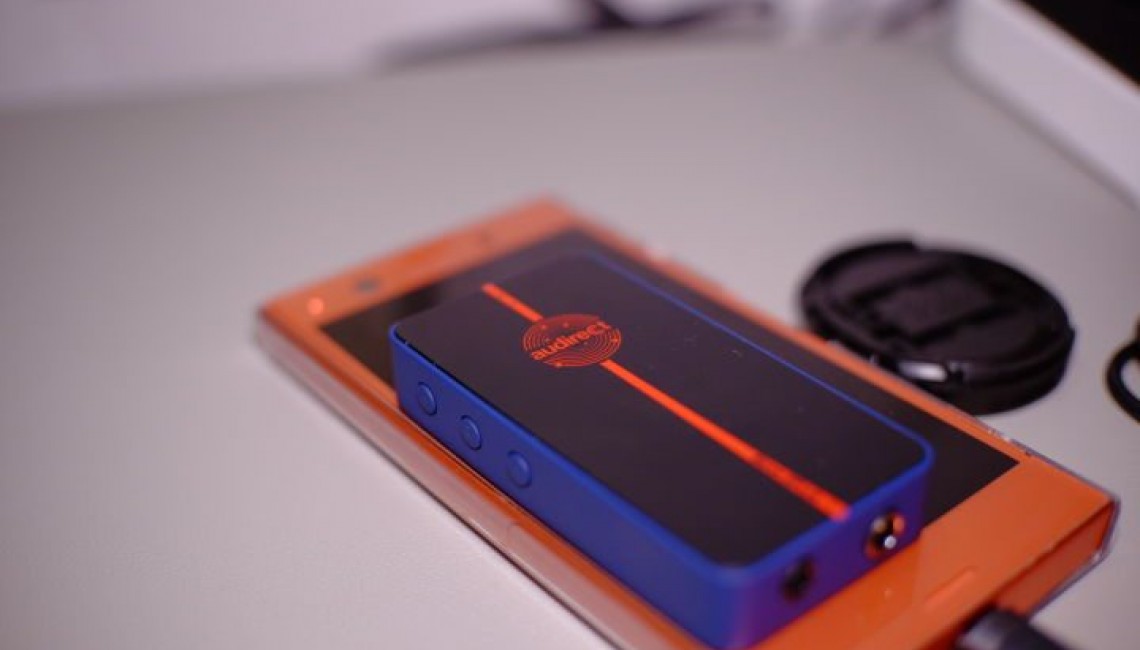

0 Comment(s)
3281 View(s)
Beam 3 Plus(B3+):For low-impedance IEM (whether open-back or closed-back), various types of dynamic driver earphones (with large diaphragms, easy-to-drive normal size, easy-to-drive micro-driver, flat-head plug), as well as multi balanced armature earphones and even planar magnetic earphones, the B3+ delivers excellent results. When it comes to high-impedance IEM like the ER4B, which is known for its high-impedance oddity, although the performance in Bluetooth decoding and amplification is relatively good, there is still a sense of lacking, as it falls into a state where the control is sufficient but the driving force seems inadequate. The B3+ features three gain settings. In the low gain mode, when paired with portable headphones, the sound is solid and robust. It is rare to find a portable device in this price range that can fully unleash the soundstage of the EX1000. I personally recommend earphone enthusiasts and users of low-impedance headphones to try the B3+ and experiment with different gain modes, as it can achieve performance that far exceeds its price range.
Beam 3 Pro / Beam 3S: In the low gain mode, they provide sufficient driving power for small driver monitoring headphones and most dynamic driver earphones. I really like the sound of the 3 Pro, which can be considered relatively neutral and has a clean and black background. However, I prefer the feeling of using high gain to drive the EXK, as there are no issues with soundstage or level of detail. In the high gain mode, I find that it provides sufficient power for driving high-impedance headphones such as the DT150 and Auteur, without any noticeable lack of frequency response or level of detail. Even the 600-ohm impedance of the K240M can be driven well in high gain mode. Although it is difficult to say it drives it perfectly, there are generally no major issues. However, when using the Plus to drive the 240M, it may feel slightly constrained. Particularly noteworthy is the performance of the ER4B with the 3 Pro, especially when driven in the high gain mode. It can be said that it is the best performance I have heard from all small tail or even compact decoding amplifiers. It can fully exhibit the transparent texture that the 4B should have, and even the low-frequency response is well reproduced. The IER-M9, which is relatively difficult to drive, also performs better with the 3 Pro than the Plus in single-ended mode, without the issues of being unable to open up the soundstage or lack of tonal coherence.
It should be noted that, except in the low gain mode, the B3 Pro and B3S may produce a feeling similar to "over-driving" when driving other multi-driver balanced armature earphones, especially those that are easy to drive. This can lead to increased overall density and brightness. If the 3 Pro is used with multi-driver earphones, it is recommended to use the low gain mode. For some dynamic driver earphones that use older technologies, it is also recommended to use the low gain mode or even avoid using the Pro version to drive them. Similarly, most Goethe headphones from the "e" generation are not suitable for high gain settings, as it can cause damage to the headphones.
Additionally, it may not be ideal to drive some thin-sounding, low-impedance large headphones with the B3 Pro, as its sound itself is sufficiently neutral without excessive rendering. None of the three gain settings are quite suitable, resulting in either a lack of dynamics or an overtly exaggerated sound. The B3S, which has a similar architecture, opens up a bit more when driving such thin-sounding, low-impedance large headphones with balanced drive, and sounds more balanced in comparison.
--------------- Click here for detailed post (originally in Chinese) ---------------



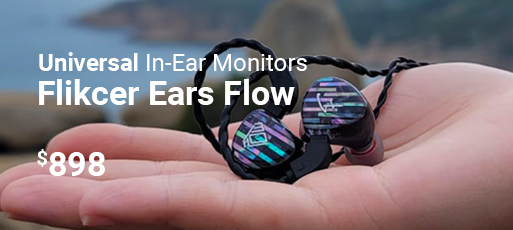


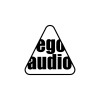



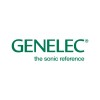

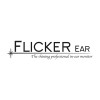
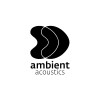


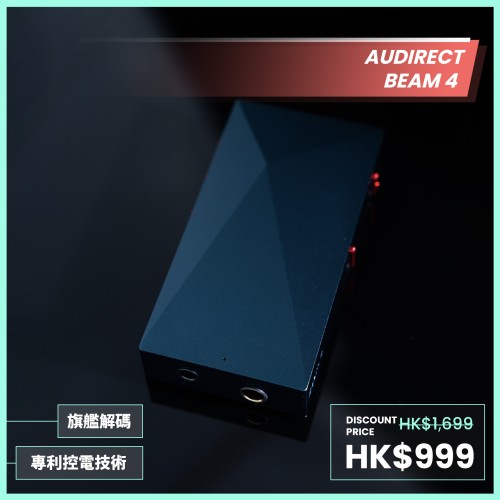


-500x500w.jpeg)
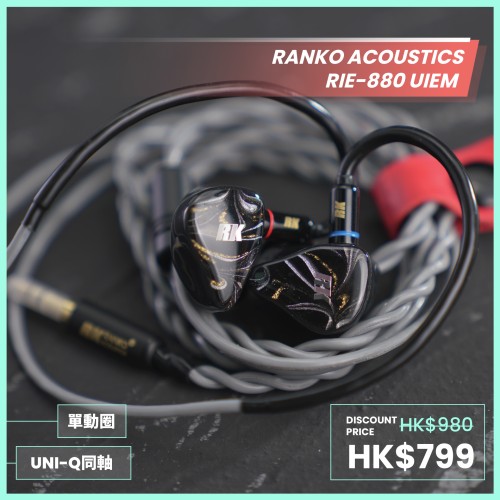



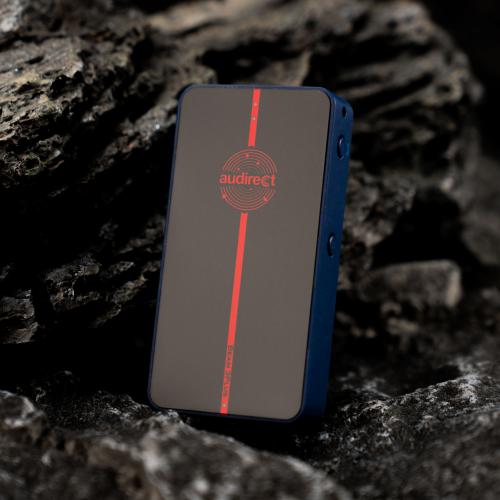

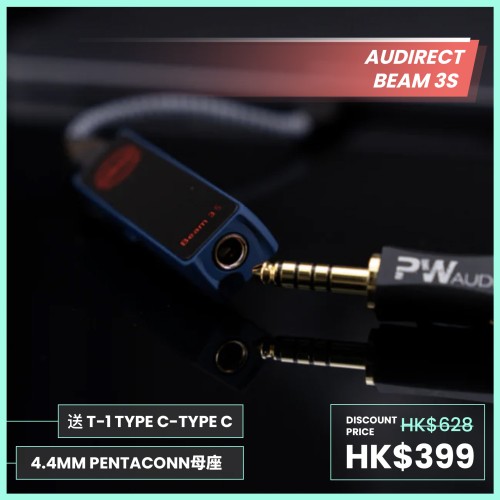

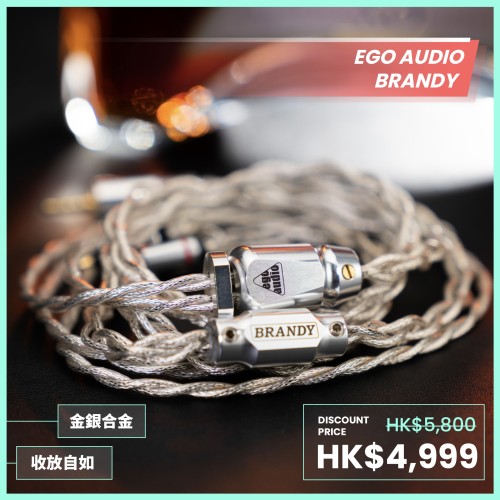

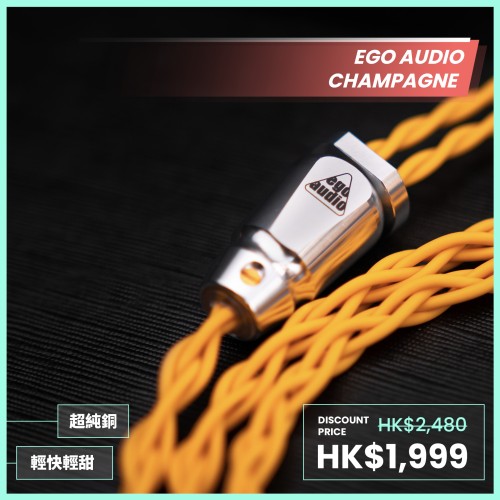

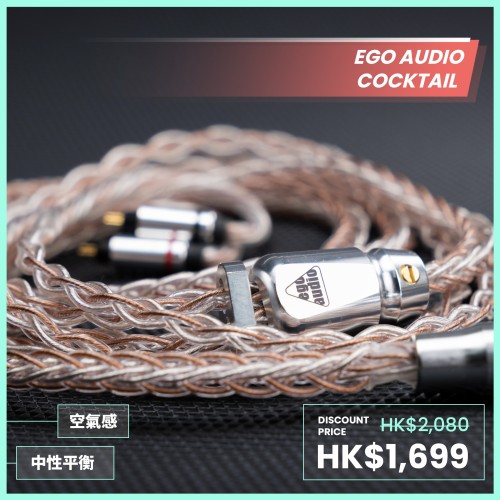

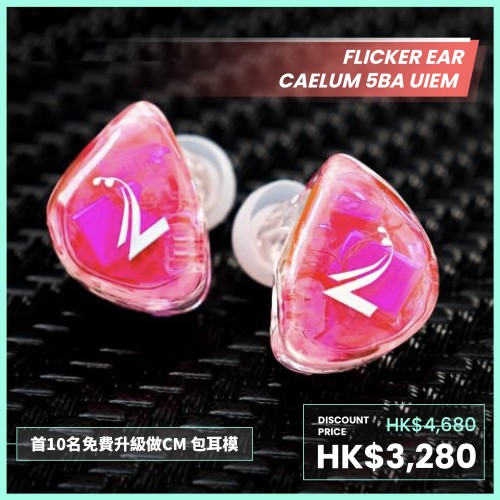

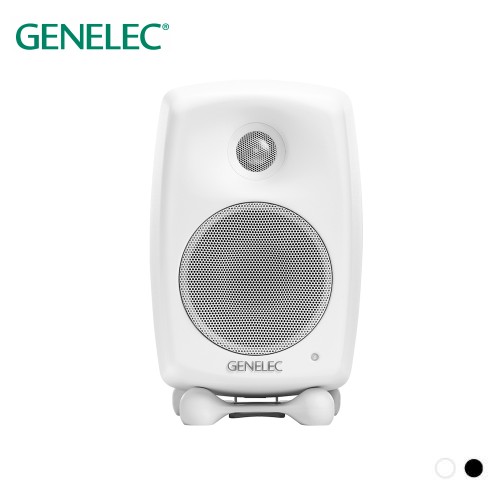
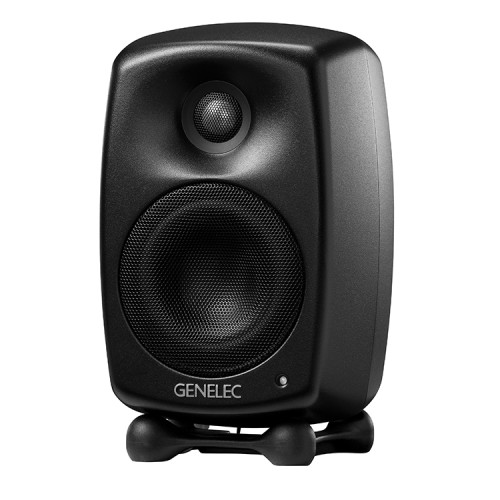
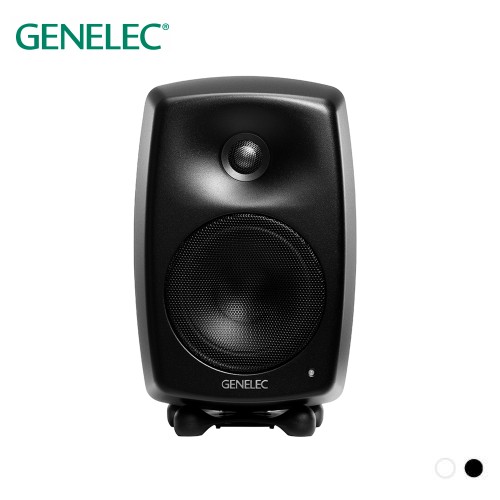
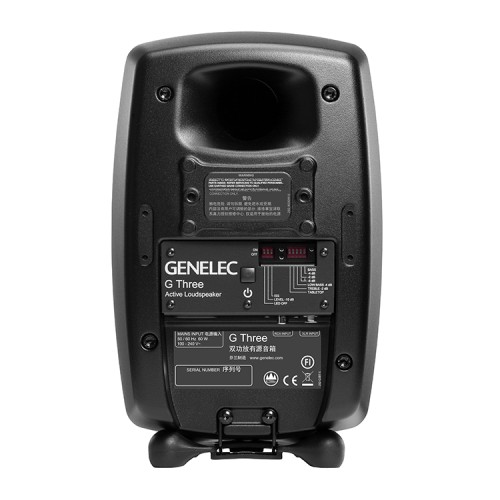
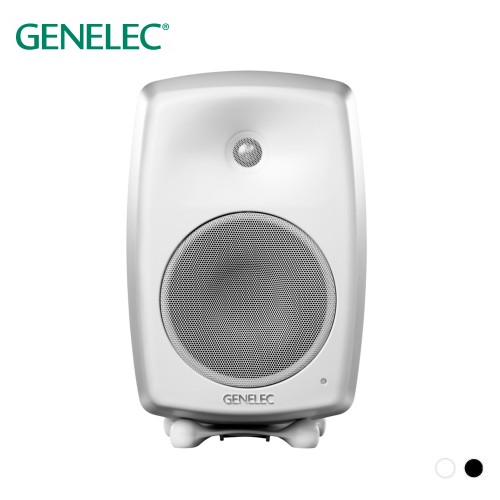
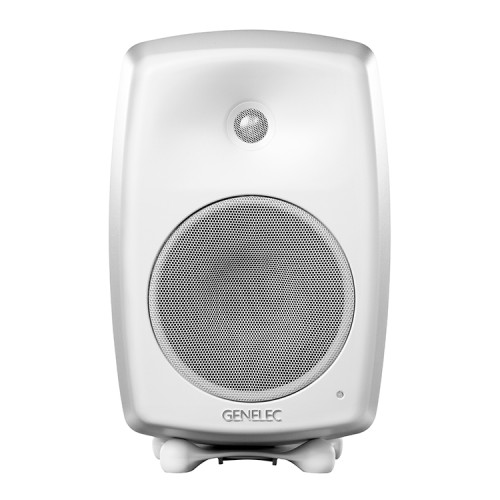
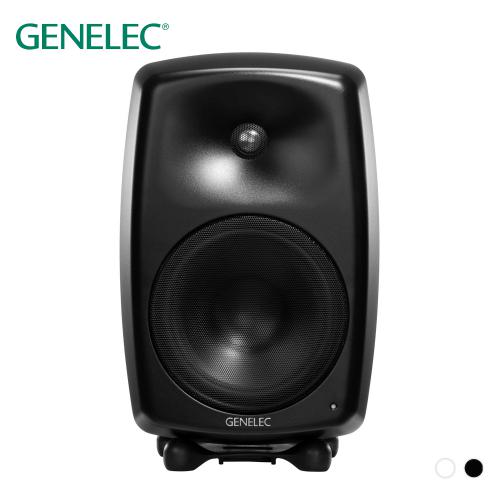
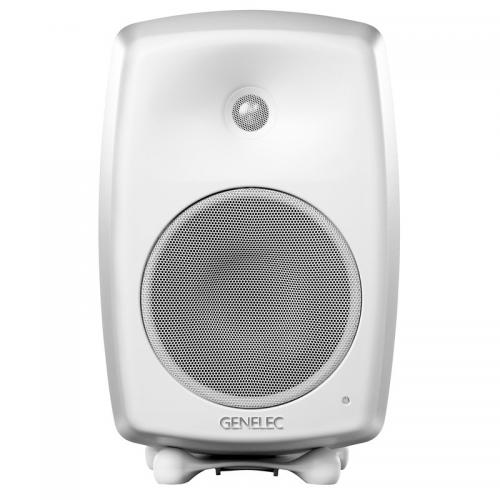
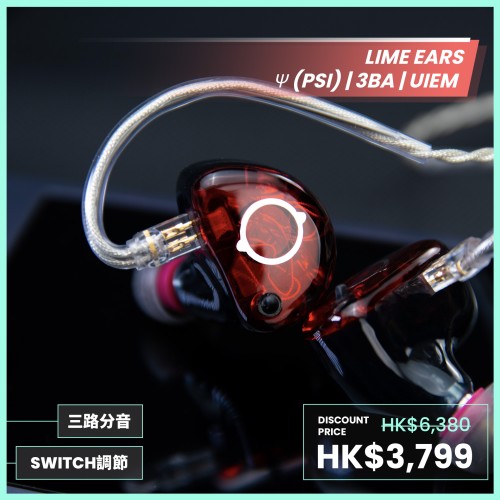
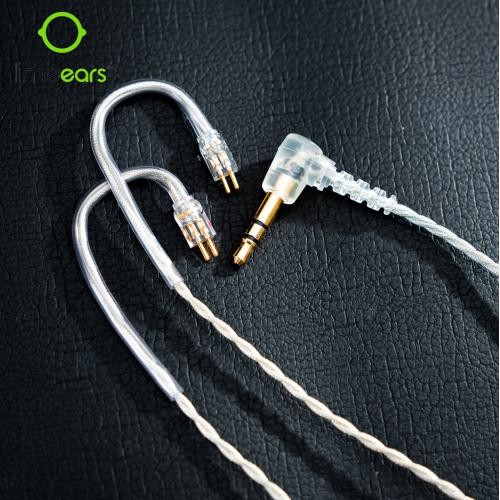
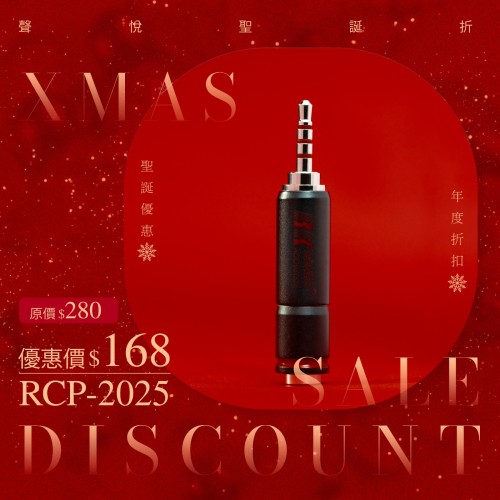

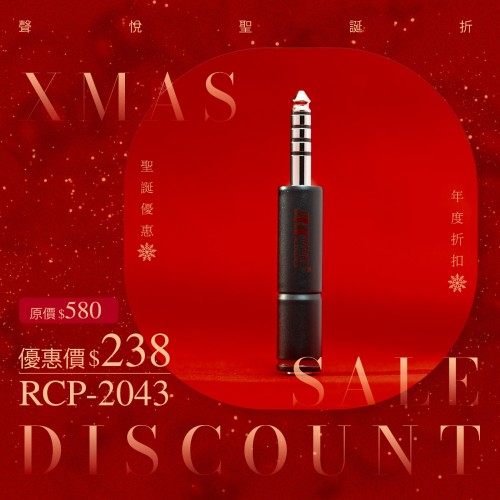

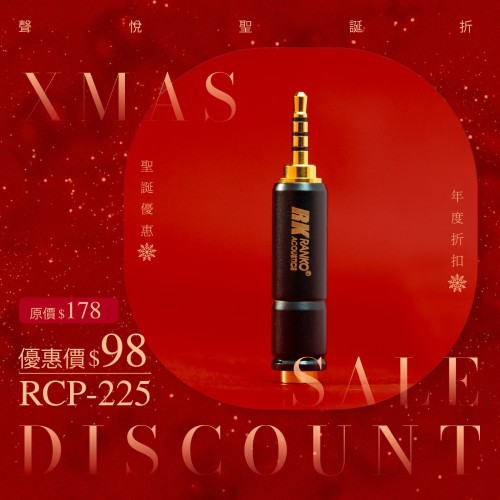

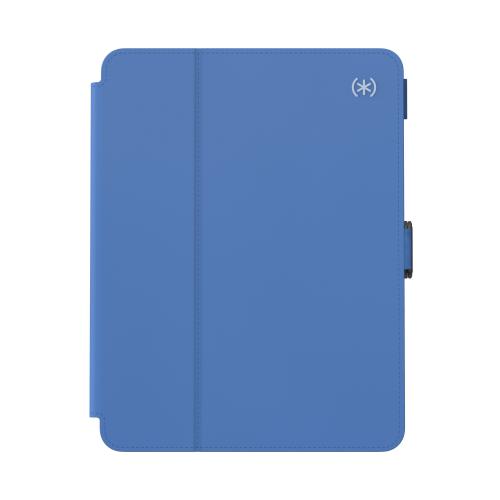
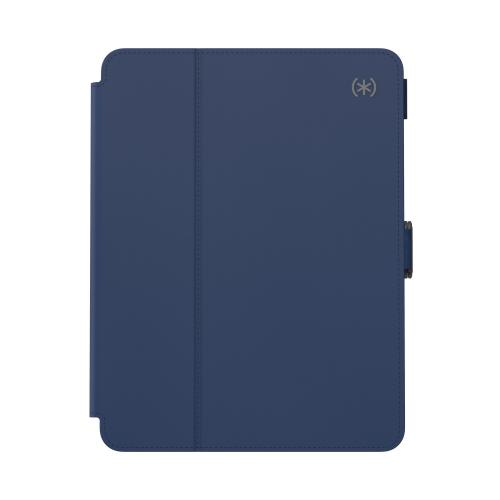


Leave a Comment